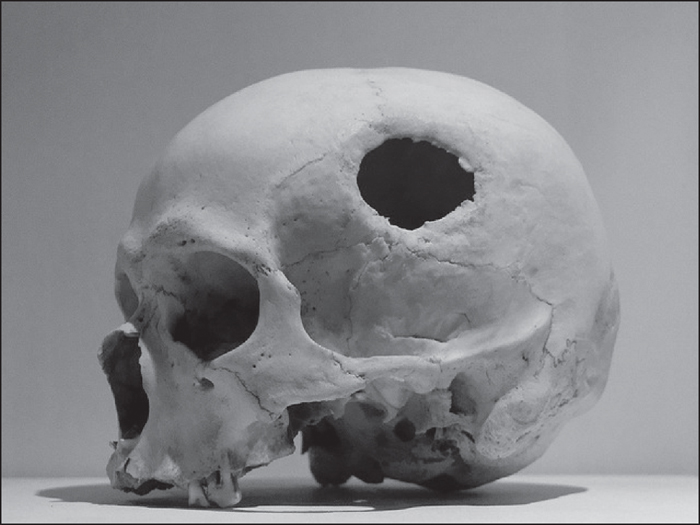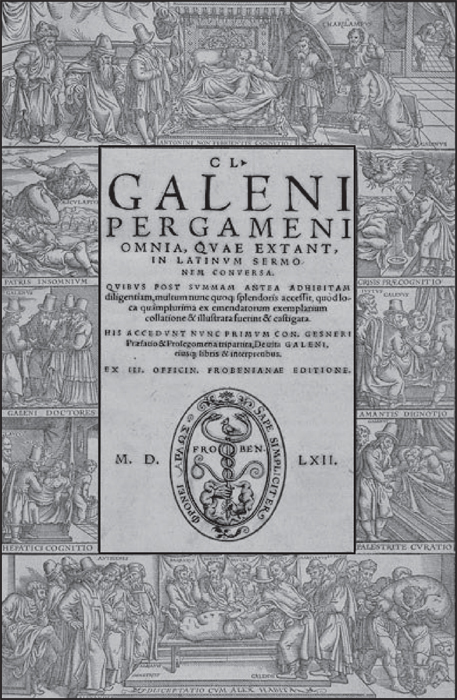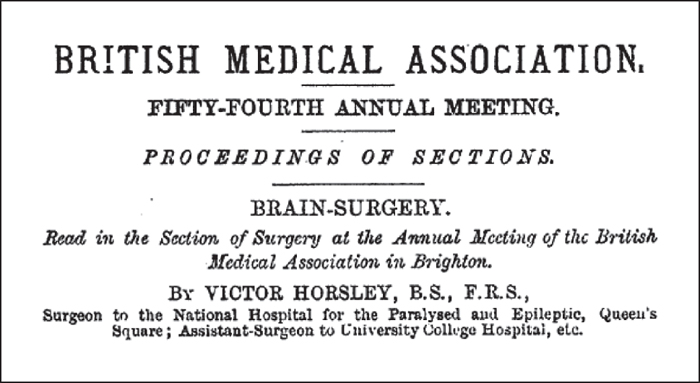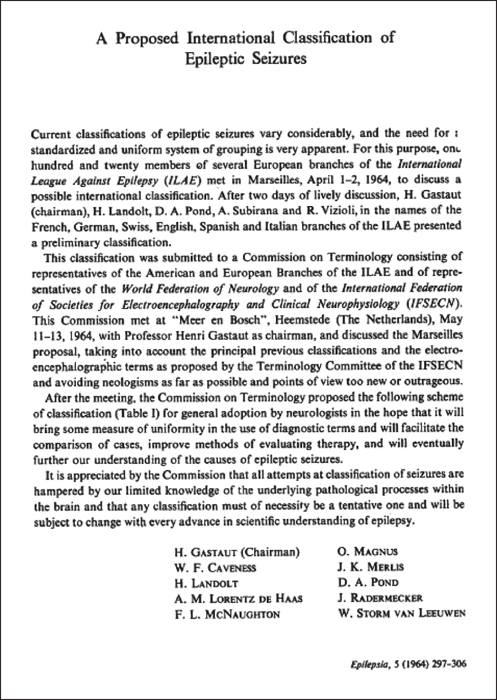Epileptic Disorders
MENUHistory of epilepsy: nosological concepts and classification Volume 16, numéro 3, September 2014
- Mots-clés : epilepsy, history, nosology, classification, superstition, trephination, definition, ictogenesis, idiopathic, symptomatic
- DOI : 10.1684/epd.2014.0676
- Page(s) : 261-9
- Année de parution : 2014
The purpose of this review is to provide insight into the development of the nosological views of the epilepsies, from prehistoric times to the present, and highlight how these views are reflected by terminology and classification. Even the earliest written documents reveal awareness that there are multiple forms of epilepsy, and it is surprising that they should be included under the same disease concept, perhaps because the generalised tonic-clonic seizure served as a common denominator. The Hippocratic doctrine that the seat of epilepsy is in the brain may be rooted in earlier knowledge of traumatic seizures. Galenus differentiated cases where the brain was the primary site of origin from others where epilepsy was concomitant with illness in other parts of the body. This laid the fundament for the distinction between idiopathic and symptomatic epilepsies, the definition of which changed considerably over time. The description of the multiple seizure types as they are known at present started in the late 18th century. Attempts to classify seizure types began in the late 19th century, when Jackson formulated a comprehensive pathophysiological definition of epilepsy. Electroencephalography supported a second dichotomy, between seizures with localised onset and others with immediate involvement of both hemispheres which became known as “generalised”. In recent years, advanced methods of studying brain function in vivo, including the generation of both spontaneous and reflex epileptic seizures, have revolutionised our understanding of focal and “generalised” human ictogenesis. Both involve complex neuronal networks which are currently being investigated.





